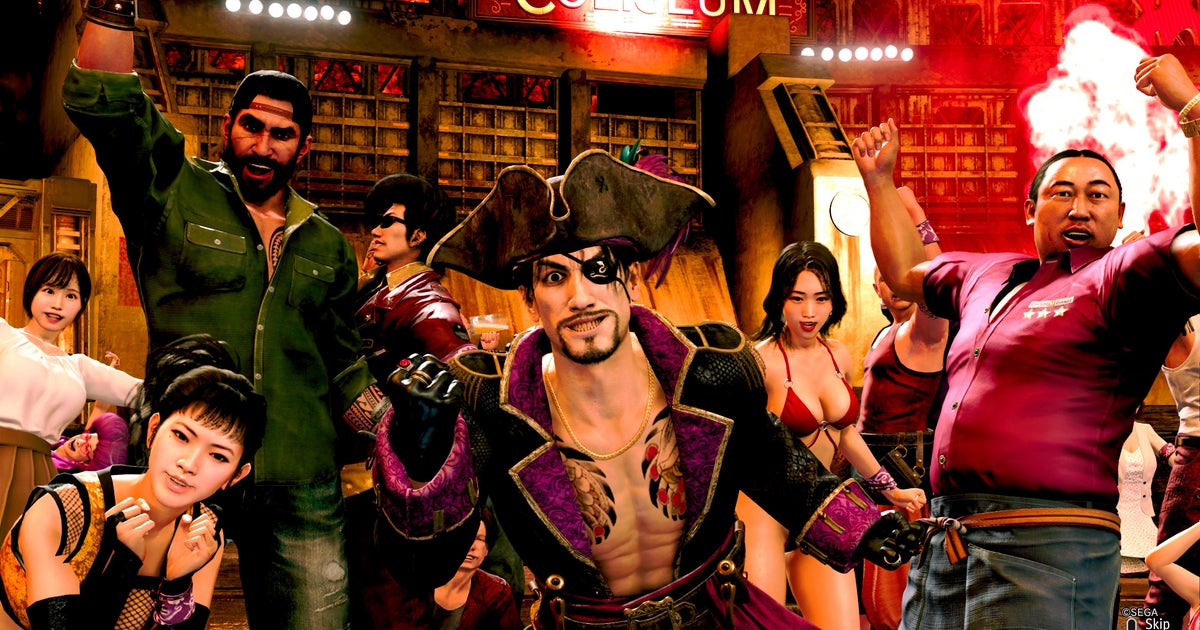Anyone unfamiliar with the Like A Dragon series might assume it’s the gaming equivalent of a Wetherspoons with poor acoustics: suffocating noise, confusing conversations, reused textures, and the constant, anxious threat of erupting violence. And while it’s true that at least 60 percent of your problems can be resolved by hitting menacing men with bicycles, the Yakuza games actually have disarming emotional range. They’re as much about reflective conversations on rooftops as they are about punching bears; the only games that let you crush an enemy’s ass with a weaponised bollard and make you contemplate what it means to grow old in a world you no longer recognise.
This is exactly why Like A Dragon: Pirate Yakuza in Hawaii is a less tantalising prospect, in some respects, than yet another game set in Kamurocho. Its tale of cutlass-flashing derring-do, secret island hideaways, and 18th century galleons suggests a game with a thuggish disregard for subtlety. Even the choice of protagonist—the pleasantly unhinged Goro Majima – a man who, right now, you’re probably imagining screaming, stabbing, or both – speaks to a heightened sense of throwaway irreverence. It’s the sort of concept people who don’t play Yakuza probably think series obsessives would love, when, actually, all we want is to try all the different whiskies at a sunakku bar in the Champion District. Against all expectations, however, this chaotic spin-off manages to feel rich and refreshing while still delivering the grandiose dramatic moments that make the series so wonderful.
Perhaps the most surprising thing is how quickly I’m willing to accept the possibility that a series of career criminals would indeed choose to haunt the Pacific in tricked out Age of Sail frigates. This isn’t a throwaway joke. It does an incredible job of introducing an absurd collection of disparate ideas in the first few hours, with enough emotional heft and direction that I barely questioned why Japanese comedian Ryûji Akiyama was my new ship’s cook, or, indeed, why I was on a ship in the first place. The game maintains this clip over the course of its 18-odd hour campaign. And, despite the pace, it manages to introduce loads of new stuff without it becoming overwhelming. The side stories and minigames are deftly woven into the main quest without ever feeling like narrative speedbumps, and I rarely felt like I was being told too much, too soon (although there were a few occasions where I had to track back into the upgrades menu to remind myself what I unlocked).
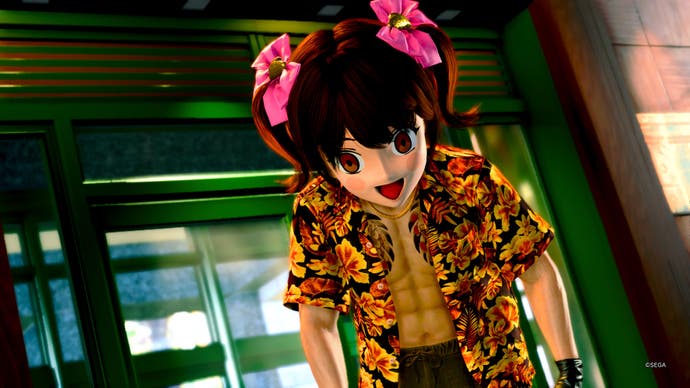
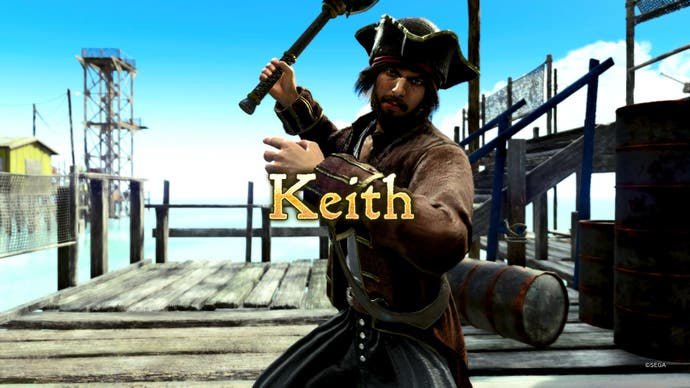
Some of the new additions are more compelling than others – I certainly spent more time cooking meals and fighting naval battles in my playthrough than I did saving strays for Majima’s makeshift animal sanctuary – but it’s lovely to know that stuff is there when I choose to go back to it. There’s also a raft (sorry) of other classic distractions including arcades, a Master System, Dragon Kart, swimming, photography, gambling, and more. It’s enough to fill anyone aiming for 100 percent completion with a sense of nameless dread, and yes, you will have to learn the hanafuda rules again. I also have to give a brief, vague shout out to the Minami Girls side story, which starts weird, gets weirder, then goes to a place even the most perceptive/damaged Yakuza obsessive couldn’t predict.
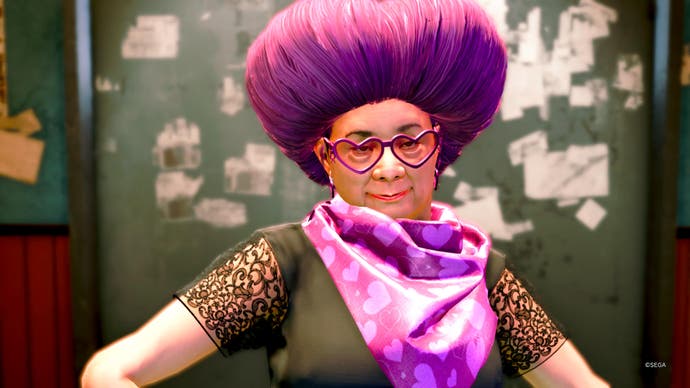
The sailing is a shorthand way of understanding the tone of Pirate Yakuza in Hawaii. In the unlikely event you were worried about having to trim your sails, tack into the wind, and tell a clove-hitch from a carrick-bend, fret not. Everything that isn’t fun, including sailing in the traditional, gusty sense, is largely absent. If you want further evidence, all you need to know is that your ship can boost, drift, and has machine guns. The result is something utterly bizarre: an arcade twist on Master and Commander, in which you can sling your 1000-ton warship around the stern of an enemy ship and rake them with your laser cannons like you’re playing Forza on the high seas.
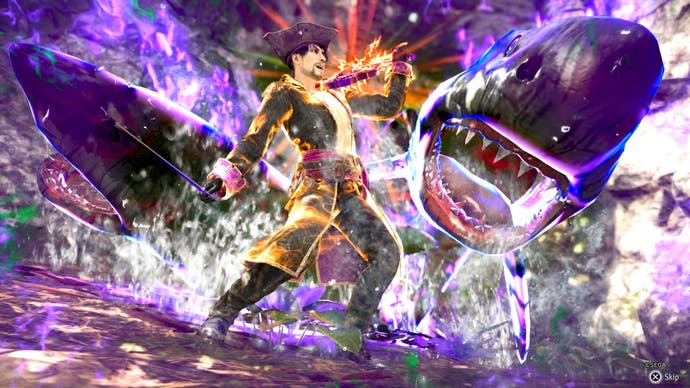
The limited use of boost means there are moments where your ship slows down and feels legitimately weighty – and an added sense of scale comes from being able to stroll around on deck whenever you want. But naval battles are usually swift and exhilarating. I found myself looking for fights when travelling between islands, which is a useful measure of how fun it is to sink enemy ships with juddering broadsides. Also: this is coming from someone who unironically loved driving sensibly in the Yakuza 5 taxi missions, and who’s read all the entire Aubrey-Maturin series, so I’ll admit I’m in the centre of this extremely specific Venn diagram.
Bigger naval encounters culminate with on-deck battles, which are huge, chaotic, and extremely silly. I didn’t realise quite how upsetting my collection of misfit crewmates was until my first boarding action cutscene, in which my team of female ninja, septuagenarian gardener, rockabilly pro wrestler, and bikini-wearing-probably-assassin swung into action like a salacious, AI-generated Pirates of the Caribbean movie. I’m somehow embarrassed and proud, all at once. Go team.
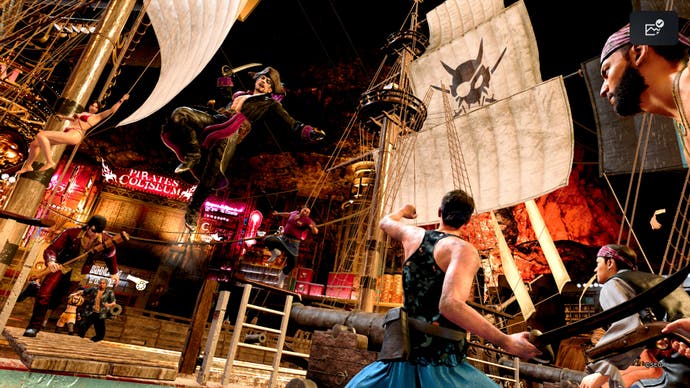
The fights themselves feel bigger, lighter, and messier than many of the games that came before. This isn’t a criticism, but it does feel different – don’t be surprised if you see Dynasty Warriors mentioned in the same breath in other reviews. Majima’s Mad Dog style is most similar to what hardened Yakuza veterans will recognise, whereas the Sea Dog iteration is essentially like controlling Soulcalibur‘s Cervantes in an open-world brawler. It’s intuitive, and immediate, but I did find it harder to find a rhythm that made me feel like I was in total control of what I wanted to do.
Heat Actions, in particular, feel more limited, with smaller windows of opportunity. There are still some moves that elicit genuine delight when you trigger them, such as Majima catching an enemy sword between his teeth, but the selection of Heat Actions feels narrower, and less contextual. That said, the range of useful skills you have in combat is as varied as it’s ever been; I’m not sure I can be too critical of a game that lets me shoot ancient pistols, snare enemies with my hook, and summon ghost sharks with a cursed fiddle.
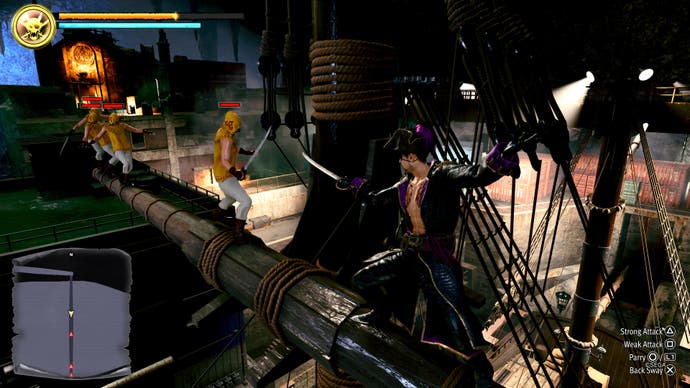
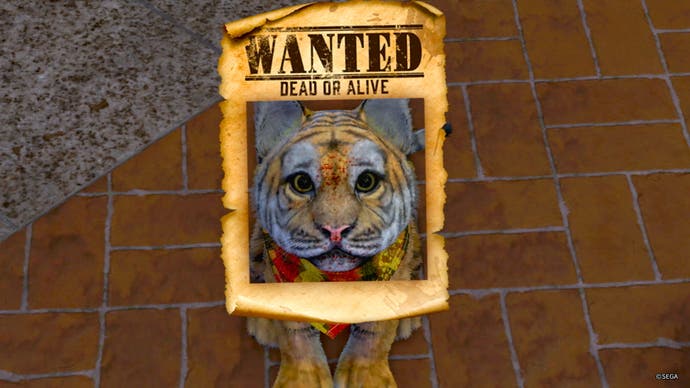
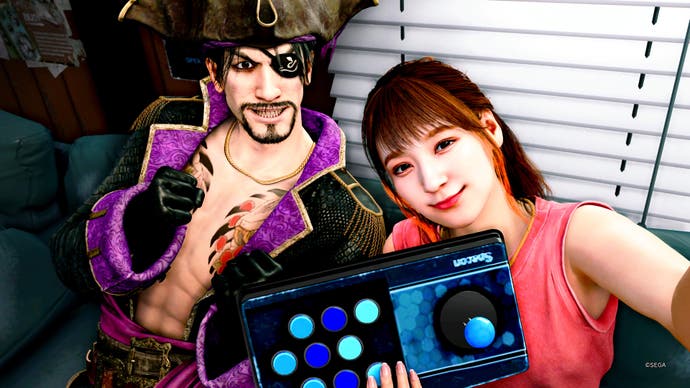
The other element that feels new is the sheer scale of the combat. There are some battles that feature literally hundreds of characters fighting at once, so the staid, focused fighting system of the pre-Dragon Engine games was never going to function here. Sometimes it feels like the outcomes are less about my own abilities as a player, and more about my capable army of nautical weirdos, but perhaps that’s what it means to be the captain of a pirate ship. It’s not all about me, until the game tells me it is.
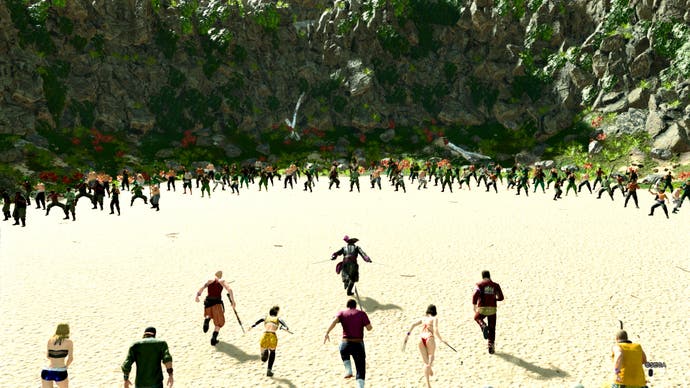
All of this somehow coalesces into something that works in defiance of itself. It still feels like a Yakuza game, despite being set completely outside of Japan. This, if anything, made me somehow more nostalgic-drinking a Staminan Spark in the glowing bowels of Madlantis feels like a British person packing Yorkshire Tea and digestives for their holiday to Honolulu. It’s also packed with minor characters and callbacks, such as tone-deaf karaoke oik Daisaku Minami, who most players will remember as the human flamethrower often on the business end of Shun Akiyama’s loafers in Yakuza 4. And, without spoiling too much, there are some deeply satisfying moments late in the game for anyone curious to understand how Majima reconciles being a pirate captain with his former life as vice-chairman of the Tojo Clan. It’s a measure of how adept Ryu Ga Gotoku Studio is (and how good the localisation team continues to be) that an amnesiac criminal’s hunt for mystical doubloons can somehow feel fun, weighty, throwaway, and engaging all at once.
A copy of Like A Dragon: Pirate Yakuza in Hawaii was provided for review by publisher Sega.
